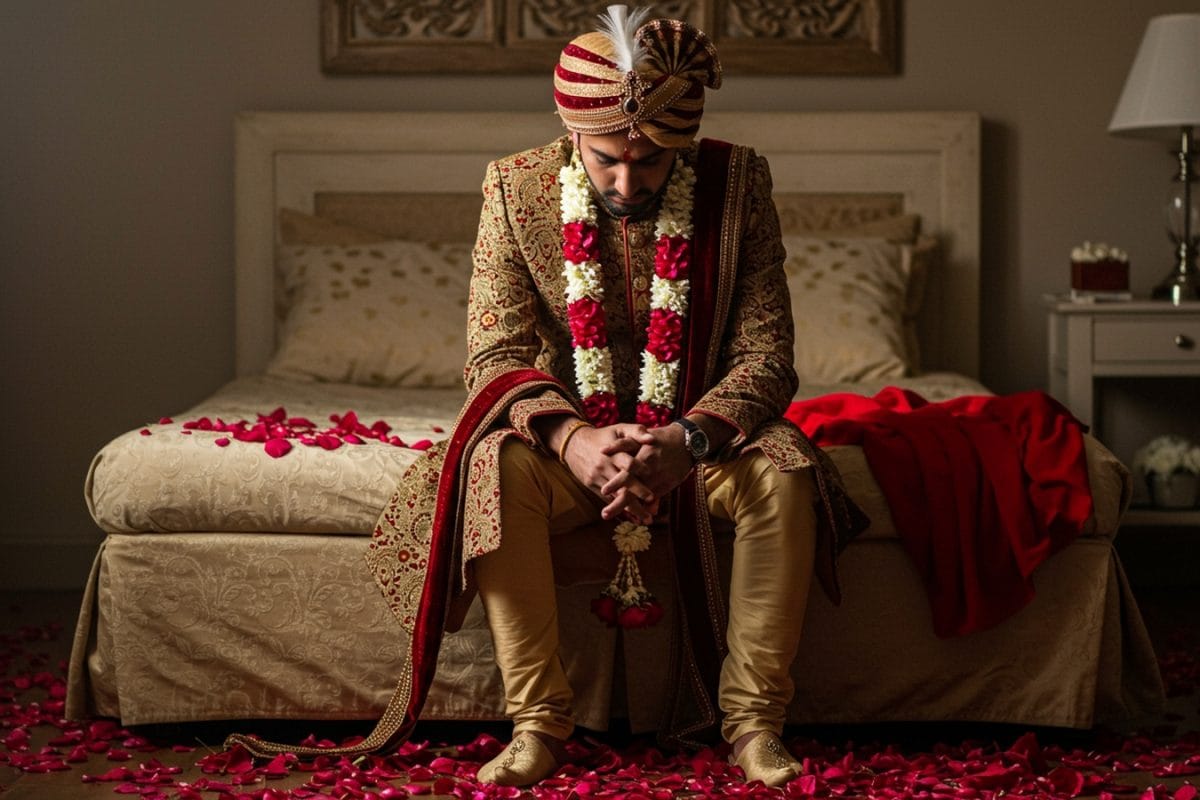

In a bizarre turn of events in Uttar Pradesh, a newlywed bride eloped on her wedding night, leading to a panchayat ordering her lover to compensate the groom. This unusual case highlights the complexities of social customs, legal frameworks, and individual choices in rural India.
The incident unfolded in a village in Uttar Pradesh. The bride, whose identity remains undisclosed, went through with the traditional wedding ceremony. However, on the very night of the nuptials, she disappeared, leaving her husband and his family in shock. It soon emerged that she had run away with her lover.
This situation prompted the involvement of the village panchayat, a traditional council of elders that often mediates and resolves disputes in rural communities. In this instance, the panchayat convened to address the grievances of the groom and his family. After hearing both sides of the story, the panchayat delivered a peculiar verdict: the bride's lover was instructed to reimburse the groom for the expenses incurred during the wedding.
The rationale behind the panchayat's decision appears to be rooted in customary practices. Weddings in India, particularly in rural areas, involve significant expenditure. The bride's family often bears the cost of the wedding ceremony, while the groom's family may provide dowry or other gifts. When a bride elopes immediately after the wedding, it disrupts the social and economic equilibrium, causing financial loss to the groom's family.
The panchayat's order raises several questions. Firstly, the legal validity of such a decree is questionable. Under Indian law, a panchayat's decisions are not legally binding unless they are explicitly recognized by the formal judicial system. In this case, it is unclear whether the panchayat's order has any legal standing. Secondly, the concept of "refunding" the groom is problematic. Marriage is a union of two individuals based on mutual consent and commitment. It is not a commercial transaction where one party can claim a refund if the other party breaches the agreement.
Furthermore, the incident sheds light on the agency and autonomy of women in Indian society. The bride's decision to elope with her lover suggests that she was not a willing participant in the marriage. It is possible that she was forced into the marriage against her will, or that she had a pre-existing relationship with her lover. Whatever the reason, her actions demonstrate a desire to exercise her own choices and break free from societal expectations.
The incident also underscores the challenges faced by women in rural India, where traditional customs and patriarchal norms often limit their freedom and opportunities. Arranged marriages are still prevalent, and women may not have the right to choose their own life partners. In such circumstances, elopement may be seen as a desperate measure to escape an unwanted marriage and pursue personal happiness.
In conclusion, the case of the UP bride who eloped on her wedding night is a complex and multifaceted one. It highlights the interplay of traditional customs, legal frameworks, and individual choices in rural India. While the panchayat's order to "refund" the groom may seem unusual, it reflects the social and economic realities of weddings in these communities. The incident also raises important questions about the agency and autonomy of women, and the challenges they face in exercising their rights and freedoms. It remains to be seen whether the panchayat's decision will be enforced, and what implications this case will have for similar situations in the future.